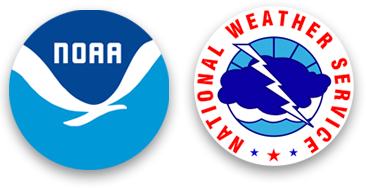Women in the Weather Bureau During WWII: Charlcia B. Rosenlund - National Weather Service Heritage

Women in the Weather Bureau During WWII: Charlcia B. Rosenlund
By NWS Heritage Projects Editorial StaffEditor's Note: The following first-person account of Charlcia B. Rosenlund first appeared in Women in the Weather Bureau During WWII by Kaye O'Brien and Gary Grice, 1991.
I worked for the Weather Bureau from the spring of 1944 to October, 1948. My assignments were at Tulsa, Oklahoma, Fairbanks, Alaska, and Ely, Nevada. I wanted a more interesting and worthwhile occupation than the one I had, and I had learned from my friend that the Weather Bureau needed new employees. I was using my maiden name when hired. In October, 1944, I left the Bureau. I married, and my husband was working outside the Ely area so I left to be with him. My educational background included graduation from high school and one year college. The Weather Bureau provided training in weather observations, mapping, and radiosonde. I was received very well by Weather Bureau employees. I was treated great. I loved the work and associations of the people around the airports - very exciting! As for the morale on station - most everyone was happy, a few were grumpy.
My duties included weather observations, balloon runs, mapping, teletype, and radiosonde. The shifts were days, evenings, and midnights. I worked eight hours a day, 40 hours a week. There were about fifteen other people at my duty station - I cannot remember for sure. I cannot remember what we were paid, but the pay was considered good. We were given more money to work in Alaska.
The high point of my career was getting the opportunity to go to Alaska and work. The lowest was working the midnight shift in Ely, Nevada. I was happy to have the opportunity to do the work. It gave me a feeling of doing something worthwhile. I would choose to do it again because I liked it very much. We had a lot of fun days and some that were not so much fun. I feel that my major contribution was doing my job as well as I could. Several times a pilot was dependent upon my weather observation to land safely, my report was very important.
